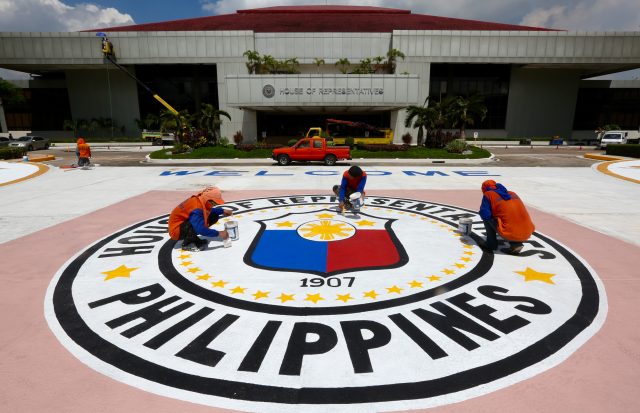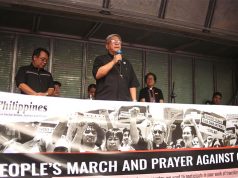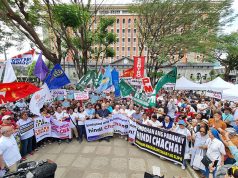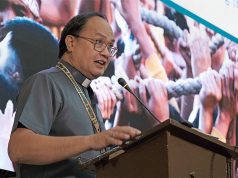MANILA – A draft federal Constitution for plenary debate: that’s what the committee on constitutional amendments of the House of Representatives targets by January 2018.
At a hearing on Wednesday, members of the committee approved a motion to form technical working groups that will each work on a portion of the new charter and submit them to the panel for deliberation and approval by November this year.
Eastern Samar Representative Ben Evardone, who made the motion, said this would expedite the drafting of the new charter in time for the deliberation of the body in January.
Two lawmakers – Reps. Aurelio Gonzales Jr. and Eugene De Vera — took the initiative of drafting their version, Philippine Federal Constitution, and submitted it to the panel.
The 83-page draft proposed, among others the following:
• It will consist of two levels of government. The first tier is the federal government, which is presidential in form and with a bicameral legislature. The second tier is the regional government, which includes a regional assembly and component local governments consisting of the provinces, cities, municipalities and barangays.
• The President will have all the powers under the 1987 Constitution and elected at large.
• Legislative power is vested in the Federal Congress of the Federal Republic consisting of the Senate and the House of Representatives. The Senate shall be composed of at least two to six senators per region. The Senators will be elected at large of each region. A region with more than five million, six million, seven million and eight million inhabitants shall have one, two, three and four senators, respectively.
• The House of Representatives shall be composed of the district representatives and partylis representatives.
• The Federal Supreme Court shall exercise all powers given under the 1987 Constitution.
• The Federal Republic shall be divided into 18 regions. Each region shall be governed by a regional governor who shall exercise executive power and a regional assembly which will be unicameral in nature.
• There shall be new modes of sharing of taxes between the national government and the local government units.
Sagip partylist Rep. Rodante Marcoleta commented, “This is a very thick document. . . .I’m surprised that only two distinguished gentlemen were able to put up a very comprehensive draft such as this.”
“Did you dream one night that the two of you were supposed to give us a draft like this? . . .Did you have the assistance of experts . . . May I know their background?” he asked.
De Vera, a lawyer, said a friend and former officemate who studied the Constitution helped him draft the new charter.
Political analyst and professor Edmund Tayao said federalism should be understood within the “unique conditions” of the Philippine political setting.
He also proposed that in drafting a new charter the functions and composition of the legislature and the local government units should be reviewed.
“We also need to know how is this draft addressing key issues such as the political dynasty, resource and revenue generation. . . . There also has to be clear mechanism of the intergovernmental relations,” he added.










